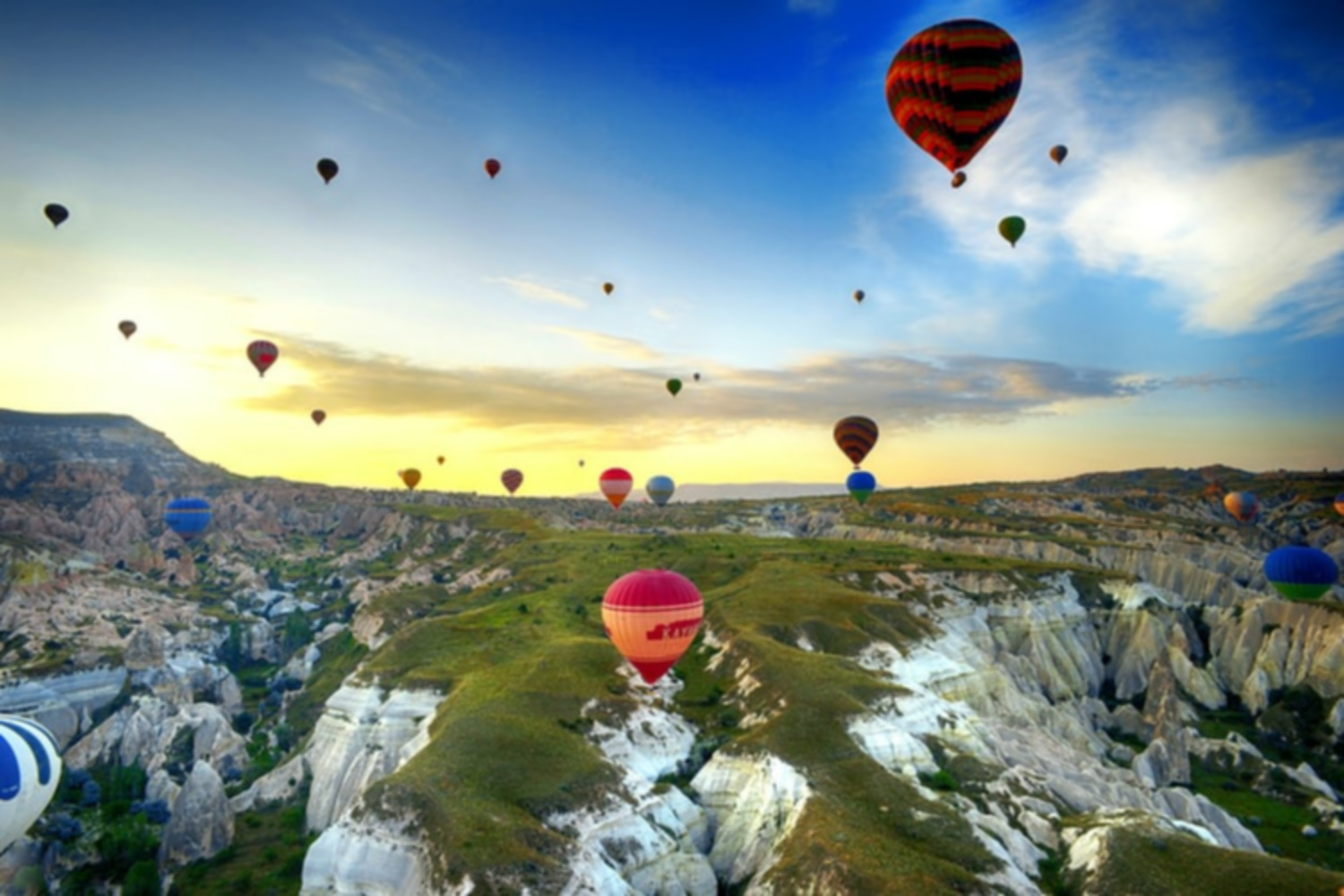This is a descriptive writing piece that I wrote in response to a question for GCSE English Language – the question was ‘Write a description suggested by this photograph’ (photo below). It can be used for any student at any level – GCSE and above – to improve their creative writing skills, particularly on the following exam boards: AQA, CIE / Cambridge, Edexcel, OCR, WJEC / Eduqas, CCEA.
Hopefully, you enjoy reading it! I had so much fun writing it – the main purpose of a descriptive piece or descriptive essay is to transport the reader to a time and place without giving a full story, and I always struggle to not turn it into a story but with this one, I think I did pretty well in the end!
If you’re looking for more help with creative writing, you can take our full courses here:
All English Language and Literature Courses

There’s something so perfect about air. It’s invisible, yet it’s everywhere. A great gust of wind in your face can blow away cobwebs from even the darkest of days, while a gentle breeze reminds you of beach holidays, placid lakes, or summer evenings spent reading in dimly lit parks with tufts of grass rippling softly all around.
That’s why I’ve always been drawn to balloons. Not the rubbery, garish monstrosities you find lurking ominously in the corners of children’s birthday parties… nor the floaty red orbs full of helium that you inhale to make your voice squeak. No, I like hot air balloons.
It’s the lofty weightlessness that gets me every time: looking up and seeing nothing between yourself and the perfect, shimmering azure edge of the atmosphere – there’s nothing quite like it in the world. I marvel at the feats of mankind: give us an oversized wicker basket, a rough cut square of canvas, a few sturdy ropes, a gas burner and lo – defying gravity, we float, we soar, we fly.
My balloon even has a name. We call her ‘Zephyr’. She’s named after the West Wind, the one that’s always blowing me eastward and often off course when I ascend to high altitudes. Gentle, but temperamental; just like the balloon herself.
Descriptive Writing: Nightmare World (Writing Process, Example Plan + Written Extract)
Today, our destination is a mountain in the Himalayas. All mountains are breathtakingly beautiful, especially when viewed at a parallel; when you face them from the correct height, as an equal, they pop up like giant, jagged chunks of turkish delight dusted with the finest quality icing powder, disrupting the infinite flat blue of the skyline with their erratic irregularity.
But it’s not just any old mountain that we’re headed for; this one is special. It’s one of the most ancient (and concurrently one of the most mystical) mountains in the world. A few puffs of flame from the gas burner, a fortuitous shift in the winds, we turn an invisible corner and we’re there. The mountain looms majestically before us: ancient, nameless, eternal. Surrounded by wisps of translucent grey clouds that float passively on the breeze, it sits there brooding as if in a state of deep meditation. Topped with a dusting of snow, the rock beneath gives the impression of being paler than the surrounding peaks, making it seem a little wan at times, a little melancholy. We approach cautiously, turning the gas burner as low as possible, with the deepest respect for its meditative state, as if the slightest noise could disrupt its slumber.
How to Plan a Perfect Answer in Descriptive Writing
At the foot of the mountain is our true port of call: a buddhist temple. For six months a year, this monastery is isolated from the rest of the world by a thick blanket of snow that shrouds it in peace and frosted silence. From time to time, they run low on supplies. That’s where Zephyr and I come in. Carved out of the rock, it looks itself like a forgotten outcrop, speckled with holes for windows and sporting golden peaks of its own which serve as roofs. As the sun mellows and sinks behind the mountain, dusk descends upon the temple, the last rays of light catching the parapets and making them shine. Rich glows emanate from inside – flickers of candlelight – and we get close enough at last to hear the dim hum of evening prayers.
The shape and elevation of the temple windows makes them resemble tiny little megaphones, ergonomically designed to amplify the sounds emanating from within. Bells and voices blend into a single, pure tone that shimmers as it ricochets off the mountains in the valley, until the whole world seems to shimmer along with it… perfectly in tune to the same singular vibration, if only for a moment. The sound is so sacred and rarefied that we daren’t move forward: instead, we find ourselves hovering in silence, listening, waiting for it to end.
Thanks for reading! If you found this resource useful, you can take our full courses here:












